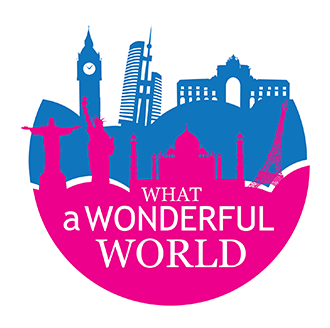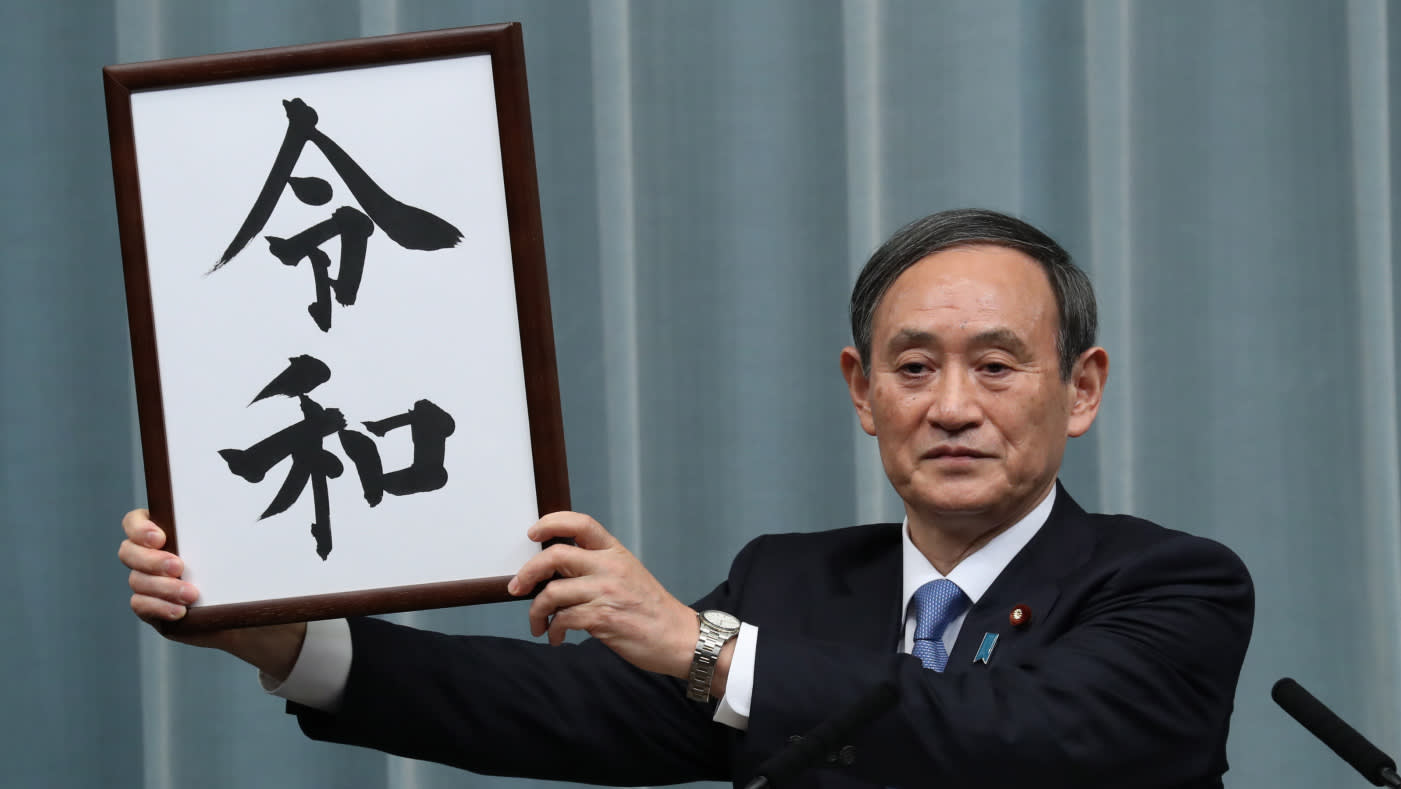

新元号公表(菅官房長官)20190401114253_Data.jpg.jpg)
TOKYO -- Japan unveiled the name of the nation's new era as "Reiwa" on Monday, replacing the Heisei period which lasted 30 years.
The announcement by Chief Cabinet Secretary Yoshihide Suga followed the cabinet's approval, and comes one month before Crown Prince Naruhito ascends the throne on May 1 to officially begin the new era.
Japan still uses the Imperial calendar -- often alongside the Western calendar -- for official documents such as driver's licenses, and for the dates of newspapers and other publications. The system has deep roots going back for more than a millennium in Japan, with the names being used to describe periods of history.
For example, the Showa era (1926-1989) symbolizes a tumultuous period that began with Japan's militarization and World War II, followed by the nation's rise from the ashes of defeat and its transformation into a global economic power. The Heisei era (1989-2019) is known for the collapse of the bubble economy followed by years of deflation, as well as the March 11, 2011 earthquake, tsunami and Fukushima nuclear disaster.
Emperor Akihito, current head of Japan's Imperial House, will be the first emperor to abdicate in modern Japan. Monday's announcement is also the first time the name of an era was publicly released before a new emperor's enthronement.
The cabinet spent months considering proposals from scholars of Japanese and classical Chinese literature, and Japanese and Oriental history. The suggestion were then discussed by a panel of nine experts, including Nobel Prize laureate and Kyoto University professor Shinya Yamanaka. The speaker and vice speaker of the upper and lower houses of the Diet, Japan's legislative body also gave their opinions.
The Heisei era -- its name derived from Chinese classical literature and roughly meaning "achieving peace" -- began in 1989 at a time when the economy was booming and Japan felt on top of the world. That same year, Sony acquired Hollywood's Columbia Pictures and Mitsubishi Estate bought New York's iconic Rockefeller Center -- both symbols of the country's amazing recovery after rising from the ashes of World War II.
However, the good times soon ended. The bubble economy collapsed and the country endured the "lost decades" -- nearly 20 years of economic stagnation starting around 1992. When the global recession of 2008 hammered the economy, the Nikkei 225 Index dropped to 7,054 yen in March 2009, more than 80% off its historic peak in 1989.
As the Reiwa era dawns, the economy is doing better, but its pulse may be weakening. On March 20, the Cabinet Office flashed warning signs amid slowing exports to China, though domestic consumption remained solid in the 2018 October-December term.
The Reiwa era will also see Japan grapple with its aging population, which is causing a labor shortage that threatens growth. This has pushed Abe to implement policies to put more women in the workplace and allow a greater number of foreign workers into the country.
Japan has had 247 era names since instituting the system under Emperor Kotoku in 645, and since the Meiji era (1868-1912), there has been one era for each emperor. The current year of 2019 is called Heisei 31 in the Japanese calendar, but from May 1 the year will be called Reiwa 1.
source: asia.nikkei.com